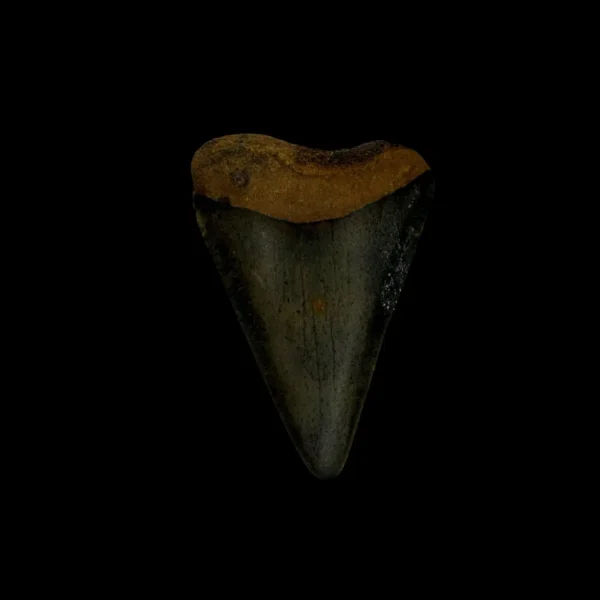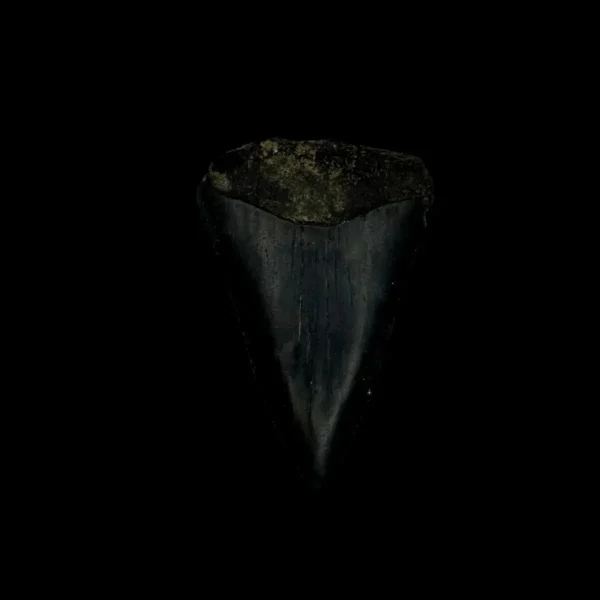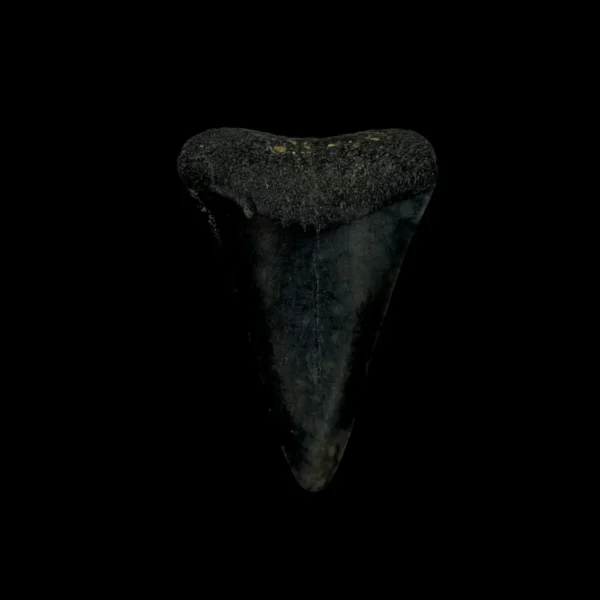Megalodon teeth are among the most fascinating and iconic fossils found on Earth. These ancient giants once roamed the seas, leaving behind massive teeth that have captured the attention of paleontologists and fossil enthusiasts alike. But just how old are megalodon teeth? In this article, we’ll explore the age, history, and significance of megalodon teeth, helping you understand why these fossils are more than just giant relics from the past.
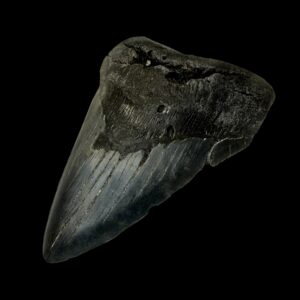
What Is a Megalodon?
The megalodon, scientifically named Otodus megalodon, was a prehistoric shark that dominated the oceans from about 23 to 3.6 million years ago during the Miocene and Pliocene epochs. As one of the largest predators in history, the megalodon could grow up to an estimated 60 feet in length, making it three times larger than the great white shark.
How Old Are Megalodon Teeth?
Megalodon teeth date back to between 20 and 3.6 million years ago. These teeth are primarily found in fossil layers from the Miocene and Pliocene epochs, meaning they were formed in prehistoric oceans that existed tens of millions of years ago. The age of a particular megalodon tooth can often be determined by analyzing the rock layer in which it was found. This method, called stratigraphy, helps paleontologists understand the geological period and environment in which the tooth was preserved.
Key Points on Megalodon Tooth Age:
- Miocene Epoch (23 to 5.3 million years ago) – The majority of megalodon teeth date back to this period.
- Pliocene Epoch (5.3 to 3.6 million years ago) – Fossils from this time indicate that megalodons were still present but beginning to decline.
- Extinction Timeline – Around 3.6 million years ago, megalodons became extinct, marking an end to their reign in the oceans.
Why Are Megalodon Teeth So Well Preserved?
Megalodon teeth are commonly found and well-preserved due to their density and mineral content. Unlike bones, teeth are made from dentin, a dense tissue that fossilizes more readily. Additionally, each megalodon shed thousands of teeth throughout its life, contributing to the abundance of these fossils today.
Factors That Affect the Condition of Megalodon Teeth
The preservation of megalodon teeth depends on several factors, including:
- Environmental Conditions – Teeth found in riverbeds or marine sediment may be better preserved due to the lack of acidic soils that break down fossils.
- Mineralization – Over millions of years, the organic material in the teeth is replaced by minerals, creating a more robust fossil that can survive the test of time.
- Sediment Depth – Fossils buried deeper within sediment are often better preserved, as they are shielded from surface erosion.
How to Identify an Authentic Megalodon Tooth
With the popularity of megalodon fossils, it’s essential to know how to identify an authentic tooth. Genuine megalodon teeth are larger than any shark species alive today, often measuring between 4 to 7 inches. They also have a triangular shape with serrated edges and vary in color, depending on the minerals in the surrounding sediment during fossilization.
Conclusion
The age of megalodon teeth, dating back millions of years, offers a rare glimpse into a time when Earth’s oceans were home to colossal creatures. These ancient teeth tell a story of evolution, extinction, and the ever-changing nature of our planet’s ecosystems. Whether you’re a fossil enthusiast or just fascinated by prehistoric life, megalodon teeth serve as a reminder of the mysteries of our oceans and the giants that once ruled them.
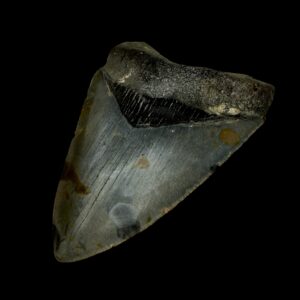
Looking for authentic megalodon teeth and more amazing fossils? Visit our online store and discover our collection of prehistoric treasures.
essential to know how to identify an authentic tooth. Genuine megalodon teeth are larger than any shark species alive today, often measuring between 4 to 7 inches. They also have a triangular shape with serrated edges and vary in color, depending on the minerals in the surrounding sediment during fossilization. How Old Are Megalodon Teeth?How Old Are Megalodon Teeth?How Old Are Megalodon Teeth?How Old Are Megalodon Teeth?How Old Are Megalodon Teeth?How Old Are Megalodon Teeth?
Fossilized Megalodon Teeth
Fossilized Megalodon Teeth

